What are Bitcoin Confirmations?
Key Takeaways
- In Bitcoin, a confirmation means a transaction has been added to a block.
- Confirmations happen approximately every 10 minutes.
- Once added to a block, a transaction is considered settled.
Confirmations Explained
Roughly every ten minutes, a new Bitcoin block is created and added to the blockchain through mining.
This block verifies and records any new transactions. The transactions are then said to have been confirmed by the Bitcoin network.
For example, if Sean buys bitcoin and then sends one bitcoin to John, this transaction will remain “unconfirmed” until the next block is created.
Once that block is created and the new transaction is verified and included in that block, the transaction will have one confirmation. Approximately every ten minutes thereafter, a new block is created and the transaction is reconfirmed by the Bitcoin network.
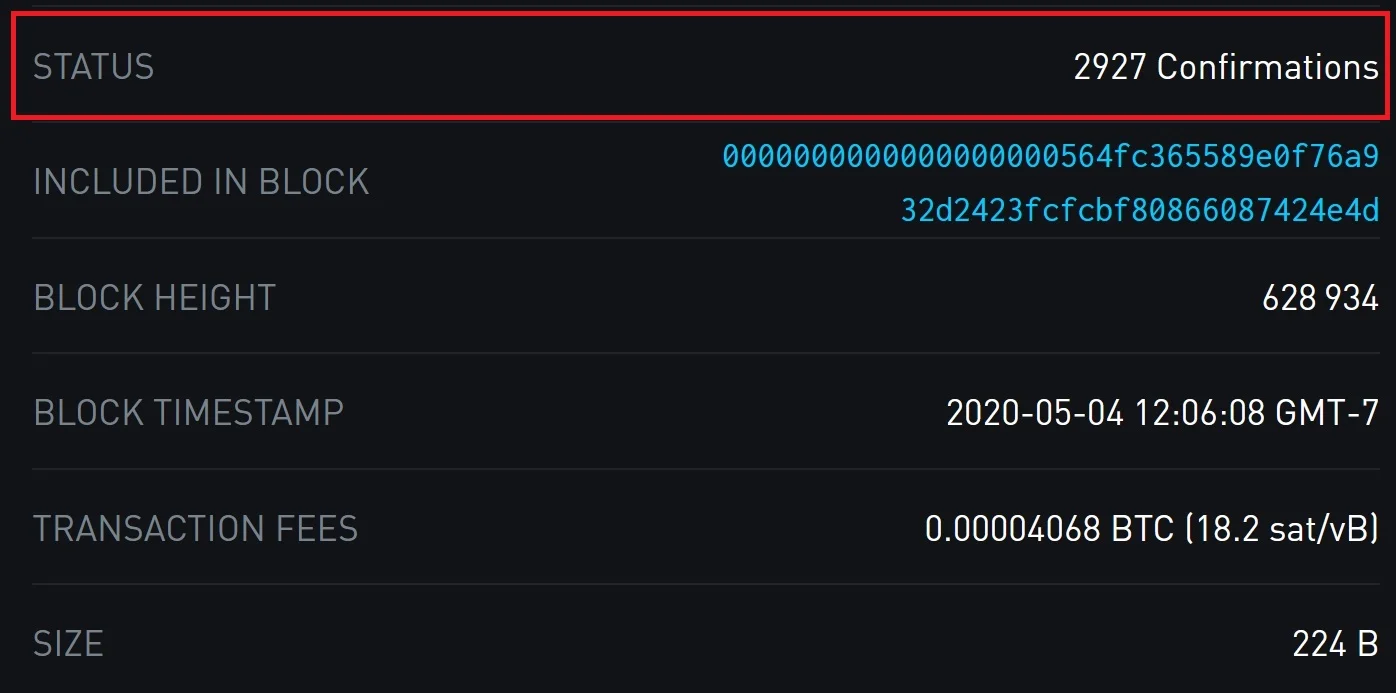
While some services are instant or only require 1 confirmation, many Bitcoin companies will require more as each confirmation greatly decreases the likelihood of a payment being reversed. It is common for 6 confirmations to be required which takes about an hour.
Knowing how many confirmations are required by the service provider can give you a good idea of how long it will take for your transaction to be finished.
How many Bitcoin Confirmations are Enough?
How to Check Bitcoin Confirmations
Once you make a transaction, your wallet should give you an option to view the transaction on a block explorer or give you the transaction ID.
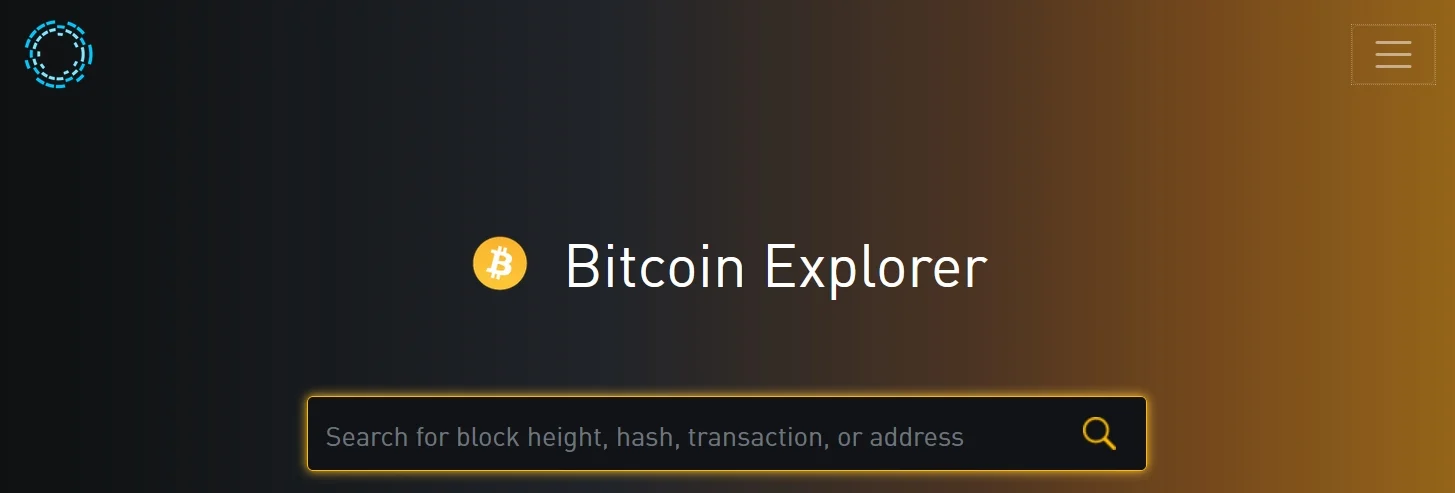
A transaction ID looks like this:
7a43510802e113b7059851ef0a8a5c3625db37541861dd982f56253b2d5c4ff9
To check the number of blockchain confirmations for a transaction, paste the ID into a block explorer like blockchain.info:
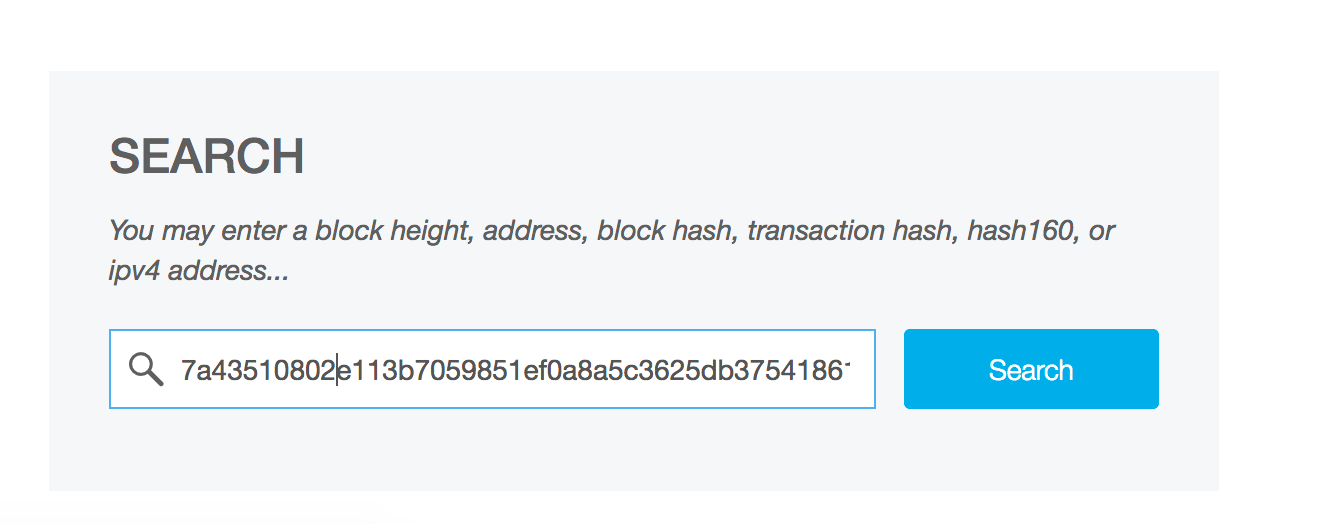
Press enter and then you’ll see more details about your transaction:

What is the Average Bitcoin Confirmation Time?
The chart below shows the average amount of time it takes miners to find a block - one block found means one confirmation.

While the Bitcoin blockchain targets 10-minute blocks, sometimes they are faster and sometimes they are slower.
This is especially true when a major change in the network hash rate occurs, as it did in June 2021, when all of China’s miners shut down due to a government ban.
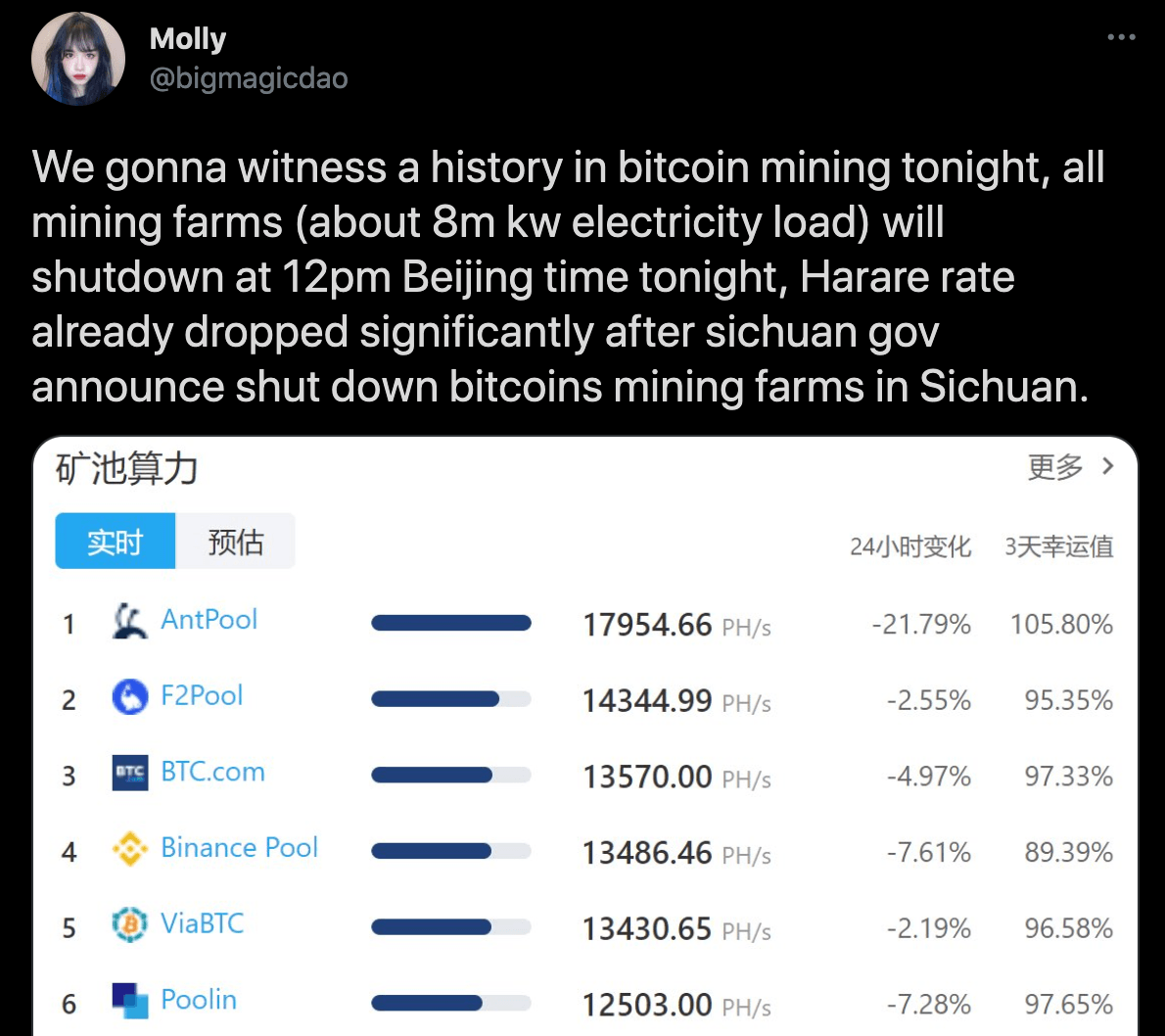
By the first of July 2021 the total hash rate fell by more than 55%. The hash rate has since recovered to above the previous peak in May of 2021.
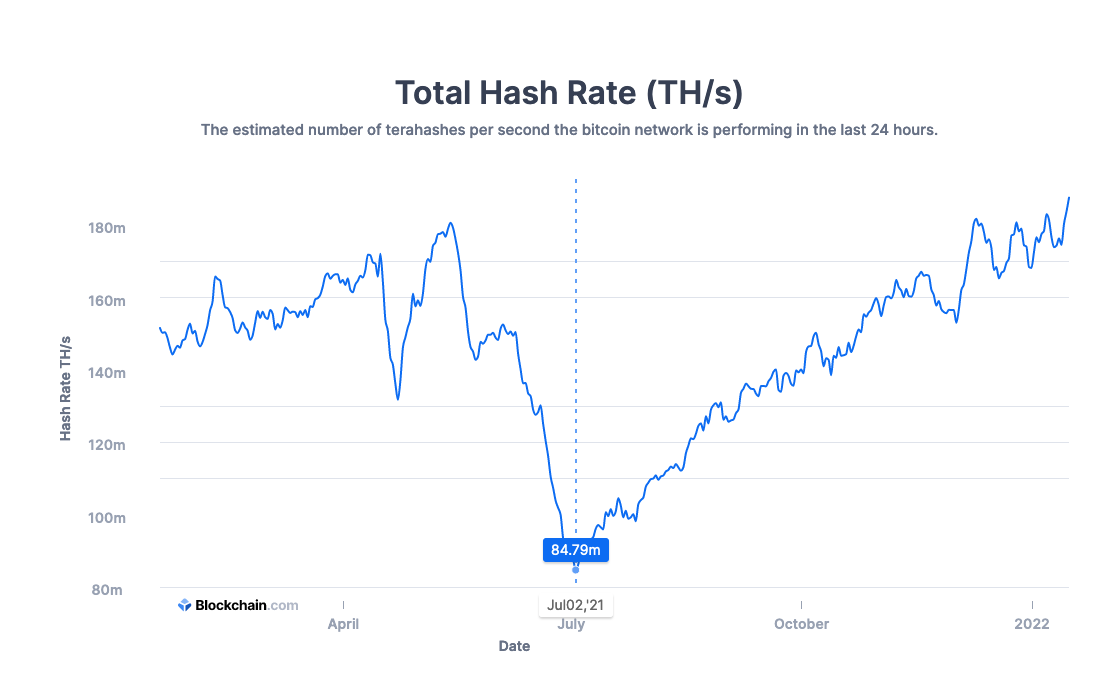
So, we see that issues can arise that alter confirmation times, but eventually they recover back to the 10-minute block time average.
FAQ
Is your Bitcoin Transaction Unconfirmed for Hours?

If your transaction is unconfirmed for hours, just wait. If more than 72 hours pass and your transaction still isn't confirmed, you can re-send the transaction.
We recommend using >Electrum Bitcoin wallet with a hardware wallet since it allows you to raise the fee on transactions if they get stuck.
How Many Confirmations Does Coinbase Need?

Coinbase requires three confirmations before a transaction will show up and be spendable in your Coinbase account.
Is it possible for a transaction to confirm in less than 10 minutes?

Yes! There are several ways this could happen.
As mentioned above, block times are targeted to be 10 minutes. However, sometimes they are more and sometimes they are less.
Difficulty Improperly Adjusted
If the difficulty is set too low, then block times will tend to be shorter than 10 minutes. Difficulty is adjusted every 2 weeks, but the way it is adjusted is based on the previous two weeks average block times. This generally does a good job of ensuring 10 minute blocks, but it is not perfect.
Hashing Power Flood
If a lot of mining hashing power is suddenly added to the network quickly, then this hashing power wont be accounted for until the next difficulty adjustment, resulting in faster block times on average.
Miner Luck
Sometimes blocks are found in minutes simply because of luck. The truth is, mining bitcoin is about guessing the answers to complex math problems. Guessing the answer should, statistically speaking, take about 10 minutes. However, sometimes you get lucky and find it much sooner.
Your Luck
Assuming 10 minute block timers are perfectly calibrated, and none of the above occurs, you could still get your first confirmation in less than 10 minutes. Let's say a block is found and five minutes later you broadcast a transaction with a higher fee than anyone else on the network. If that were the case, you would get your first confirmation in 5 minutes.
How can I speed up confirmation times?

There is no way for you to speed up the rate at which blocks are added to the blockchain. However, you can speed up the likelihood your transaction is included in the next block by increasing the fees you pay for the transaction, which makes it of higher interest to miners.
You can find what is considered a high fee at any given time by looking at our fee calculator. Be sure to calculate taxes for free properly.
Does Segwit decrease confirmation times?

Technically, no. SegWit does not change the amount of time needed for blocks to confirm. However, transactions using SegWit are cheaper because they are smaller. That means the fees you would pay for an old bitcoin transaction sending the same amount of coins is higher than it would be with Segwit. You can, therefore, put the money you save into paying more fees to increase the chance the transaction ends up in the next block.
However, no amount of fees can get your transaction through faster than the next block. And the time it takes for the next block to be found varies depending on current hashing power, difficulty and new investors coming in.

My transaction is stuck. How do I get it onto a block?

There are a few ways to fix a stuck transaction. One way is to do a replace by fee (RBF) transaction. The other is to do a child-pays-for-parent (CPFP) transaction. You can also use a bitcoin accelerator service, but accelerators are very expensive (and also not based in the US, UK or Canada. Better, cheaper options are available.
If you own a Ledger hardware wallet and you are using Ledger Live (supports altcoins too), you can prepare your transaction so that replace by fee is possible. Just tick the switch in the advanced options on the second screen (amount) when you make your transaction:
